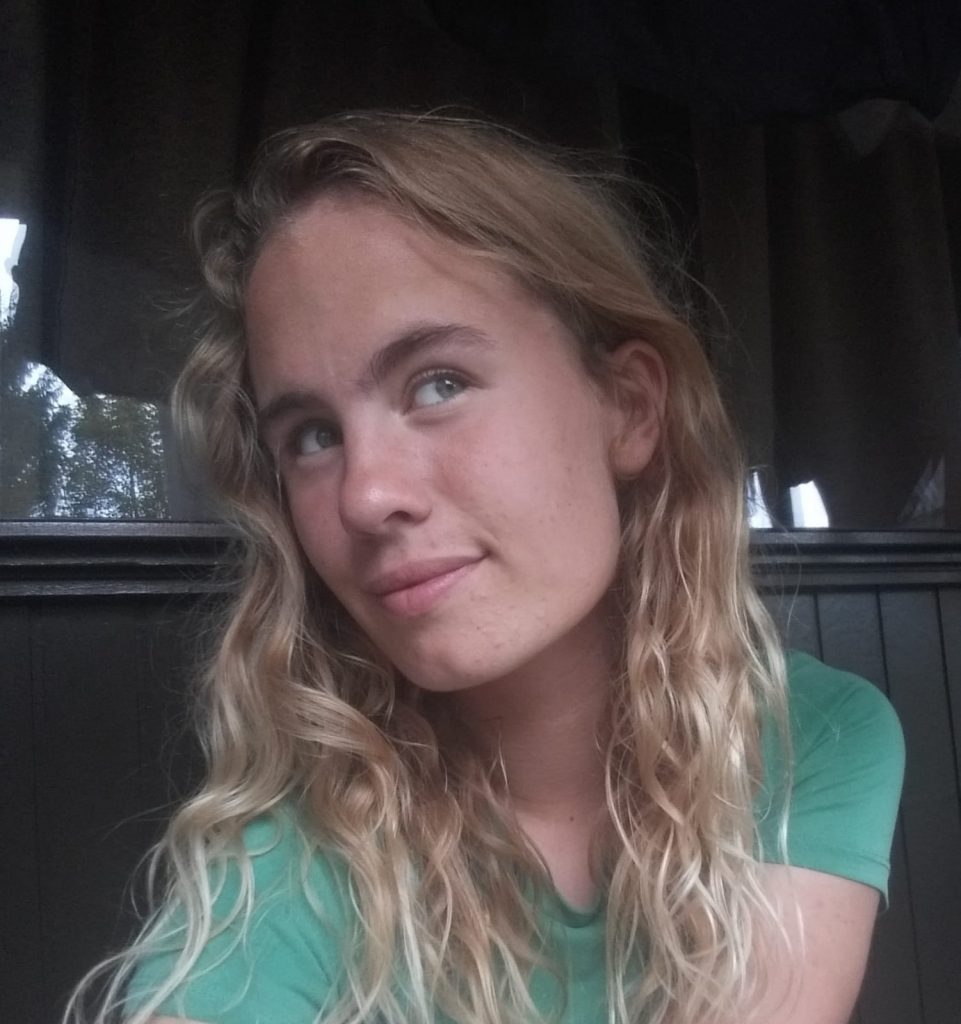Covid food
A design, based on existing technologies, to provide the slums of Mumbai with essential nutrients during and outside a pandemic situation.
Why Food Security
1.33 billion in population, the second most densely populated city in the world and one of the largest slums. All this was about to be hit by a tidal wave carrying a pandemic and nation wide lockdown.
The words “we will die of hunger before we die of corona “ are heard from all directions as the country’s poorest battle unemployment during a pandemic, where finding sustenance for their family is more difficult than ever before.
Mumbai's People
The people we work for are inspiring. The inhabitants of Mumbai’s slums live in tough conditions, especially during this pandemic. Although they do not have many possibilities to change their lives, they work hard. Mostly to provide for their families and to give their children a chance at a better future. They are caring, have an immense community feeling, and are really innovative.
Existing technologies
“Why invent something completely new if there are tonnes of good technologies out there?” This is a question we asked ourselves, and we decided we shouldn’t. Instead, we combined a few existing technologies and adapted them to the specific context of Mumbai.
This section shows the most important technologies where our solution is built upon.
The End Solution
The final Product is a combination of hydroponics, lowtech, urban and vertical farming. It uses parts of all these technologies and concepts and combines them into one.
Interested in the design Process? Click Here
Implementation
Designing a product for the given context was one challenge, however implementing is another. There are many factors influencing usefullnes, accessibility and yield. Therefore we have to take some of these factors into account while designing, however not all of them can be fixed with an optimal design, some problems are related to implementation. Since we won’t be implementing the design ourselves, we can only give advice on implementation.
Responsible Design
“As designers, we have a certain responsibility. We might create a new part of the world; this will alter our user’s actions and perceptions of the world” (2006, Verbeek). We are partly responsible for the consequences of our product. Therefore, it is important to think about the influence our product might have. This section explores some of the aspects of responsible design that are related to our product.
What the Future Holds
Our solution will not be the end of hunger. It rather is a stepping stone towards a more nutritious and hunger-free world. We think our design could be used and adapted by stakeholders, and implemented in different situations, to increase food security around the world. It is not perfect, but it could be a stepping stone for the next big product which will help people gain independence, a constant supply of food and a more hopeful future. We hope to inspire and help people all around the world.




